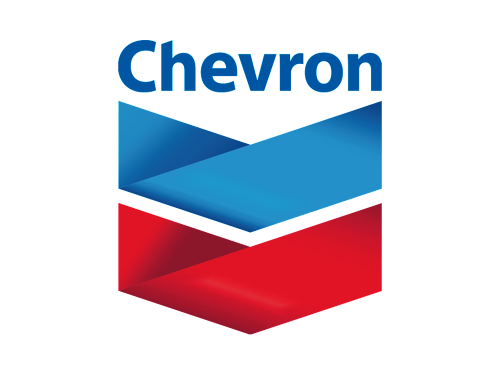Data center water cooling is a liquid cooling process in which water is used to lower the temperature of server components. Since water conducts heat about 30 times better than air, it is a highly efficient method of data center cooling.
How Does Data Center Water Cooling Work?
Water is pumped through pipes surrounding IT equipment. It flows through a water block attached to the processing units where the heat transfer occurs. The warmed water is then sent to a radiator. There, fans blow cool air over the pipes to remove the heat. A reservoir may hold extra water to provide more thermal mass and water capacity. An anti-fouling solution is often added to the water to prevent the growth of bacteria or algae.
Water cooling systems fall into two categories: open loop and closed loop. An open loop system is designed by the user and is built from individual components. However, a closed loop system, also called all-in-one (AIO), is purchased as a preassembled unit. Open loops allow for more flexibility as the user can design the system to fit their specific needs, but closed looped systems are simpler and more reliable.
What are the Advantages and Disadvantages of Water Cooling Systems?
Water cooling is not the most common type of liquid cooling system found in data centers as water is an electrical conductor and can be detrimental to the facility if it contacts any equipment. Traditional server racks often do not use water cooling as consistency and ease of maintenance are prioritized over speed and efficiency. Also, water cooling requires additional maintenance activities such as checking water levels and replacing aging components.
However, there are still some significant benefits provided by water cooling, including a greater cooling capacity, the ability to cool higher density components, less noise, and increased energy efficiency. Some server types can benefit from water cooling, such as high-performance computing clusters. This equipment requires greater computing power in smaller spaces, and water cooling provides efficient cooling for high-density data centers.
What Are the Types of Data Center Water Cooling?
Water cooling can take a few different forms depending on the needs of the facility and the organization of the racks. These methods include:
- Evaporative cooling. During evaporative cooling, a large fan draws warm air through pads saturated with water. As the water in the pads evaporates, the air is chilled and pushed out of the room. Temperature is controlled by adjusting the airflow of the cooler, and evaporative coolers are rated by the volume of warm/cool air that can be exchanged in one minute as well as the amount of energy they require to run.
- Rear-door water cooling. Cooling units are connected to the water mainline and ambient air is pulled into the cabinet via active equipment fans. Hot exhaust air is passed over a heat exchanger matrix and is then transferred and rejected to the coolant. Chilled air is created from this process and is passed back into the room at the same temperature as the ambient air.
- Waterborne data centers. The facility is built on a barge and is cooled by recirculated water from the ocean or other large body of water. This process is an open-loop system where the water travels through a multi-step filtration process and is then brought into the heat plate exchanger. The water is used to cool equipment and is then returned to its source once the process is complete.
How is Efficiency Measured in a Water-Cooled Data Center?
Water Usage Effectiveness (WUE) is a metric that measures data center sustainability in terms of water usage and its relation to energy consumption. WUE is the ratio between the use of water in data center systems and the energy consumption of the IT equipment.
WUE = Data Center Water Consumption (in liters) / IT Equipment Energy (in kilowatt hours)
The goal of tracking WUE is to get the ratio as low as possible. The average data center has a WUE of 1.8L per 1kWh.
DCIM Software and Water Cooling
Data Center Infrastructure Management (DCIM) software collects, reports, and alerts on data from power and environmental sensors to ensure that the data center is being cooled efficiently.
Key aspects of DCIM software that contribute to a more efficient cooling system include:
- Measuring and monitoring data center energy consumption for more intelligent management decisions for the facility
- Environment monitoring to better understand the current conditions and determine what areas need improvement
- Tracking power, environment, energy, and cost data in real-time to monitor the impact of data center energy efficiency initiatives on KPIs
- Data center automation capabilities, zero-configuration charts and reports, and visual analytics that aid in reducing energy consumption
Want to see how Sunbird’s world-leading DCIM solution can help you efficiently cool your data center? Get your free test drive now!
Related Links
- How to increase Data Center Sustainability: 10 Best Practices to Reduce Your Data Center Carbon Footprint
- Top Liquid and Immersion Cooling Vendors for High-Density Racks
- 3 Ways Modern Data Centers Are Driving Energy Efficiency
- 6 Best Practices to Increase Data Center Energy Efficiency
- Green Data Centers Around the World
- Top 30 Data Center Sustainability Metrics
- 8 Ways to Ensure a Greener Data Center
- How DCIM Software Improves Data Center Energy Efficiency
- Data Center Liquid Cooling 101




























